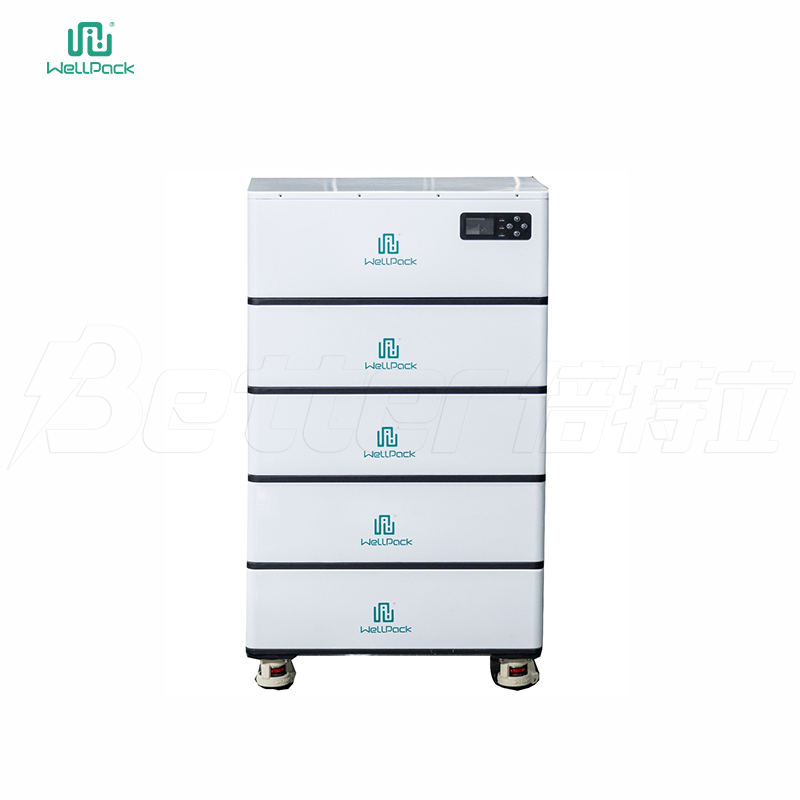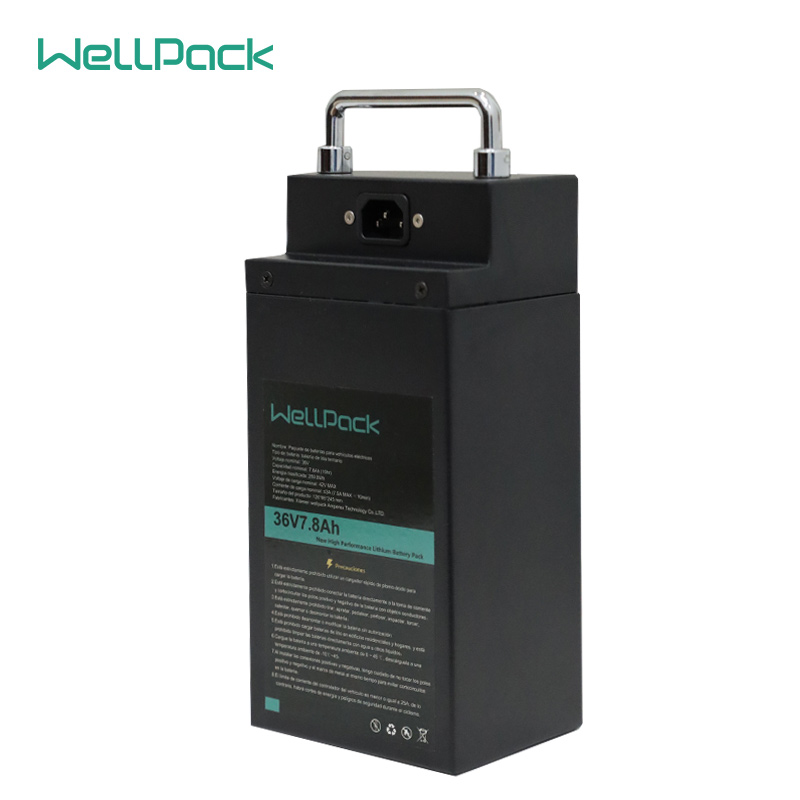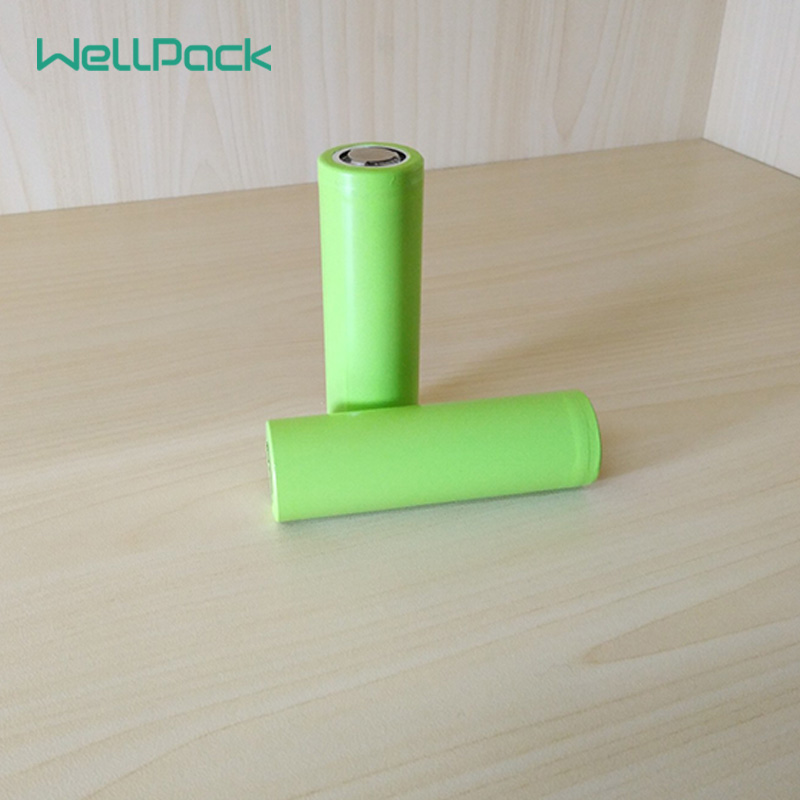1. Battery energy density will continue to increase
New technologies and new systems will promote positive changes in the industry's competitive landscape. At present, the limited of energy density of the mature lithium battery system has been discovered. For lithium cells, the essence of energy density improvement is to increase the specific capacity of the positive and negative electrode materials and the potential difference between the positive and negative electrode materials. In the short term, it can be improved by adjusting the elemental composition of the material or improving the preparation process, such as cobalt-free high-nickel technology and dry electrode technology; The development of new systems such as solid-state batteries and lithium-air/lithium-sulfur batteries may become the focus.
2. There is still room for the cost of lithium batteries to fall
Cost reduction is another requirement of electric vehicles for the development of lithium-ion battery industry. The cost of electric vehicles is generally higher than that of traditional fuel vehicles. About 40% cost of an electric vehicles is mostly power batteries , and the reduction in the cost of power batteries contributes the most to the cost reduction of the entire vehicle. Moreover, there is always room for the cost reduction of lithium-ion batteries. Since largescale industrial application, the manufacturing cost of lithium-ion batteries has shown a rapid downward trend. According to BloombergNEF data, the global price of power lithiumion battery packs in 2019 was US$156/kWh, which is expected to drop to US$93/kWh by 2024 and further to US$61/kWh by 2030.
3. Solve the problem of lithium battery failure
The failure of lithium-ion batteries is divided into performance failure and safety failure. Performance failure refers to lithium battery capacity attenuation, short cycle life, poor rate performance, poor consistency, easy self-discharge, high and low temperature performance attenuation, etc. Safety failures include thermal runaway, flatulence, liquid leakage, lithium precipitation, short circuit, etc. The internal cause of failure is more complicated, and all four major materials of the battery cell have failure fuses. The failure of the power lithium battery directly affects the service life and safety of the battery. The main methods to effectively solve the problem of battery thermal failure are:










